Optimal Timing for Flat Roof Tar Repairs
Timing plays a crucial role in the effectiveness of flat roof tar repairs. Optimal conditions ensure proper adhesion, curing, and durability of the repair materials. Understanding seasonal and weather patterns helps determine the most suitable periods for maintenance, minimizing disruptions and ensuring long-lasting results.
Warm, dry weather with moderate humidity provides optimal conditions for tar repairs, allowing materials to set properly without interference from rain or extreme temperatures.
Spring and early fall typically offer the most favorable weather for tar repairs, avoiding the extreme cold of winter and the high heat of summer.
Temperatures between 50°F and 85°F are ideal for applying and curing tar-based products, ensuring proper adhesion and longevity.
Rain can compromise the curing process and lead to water infiltration, making dry periods essential for effective repairs.
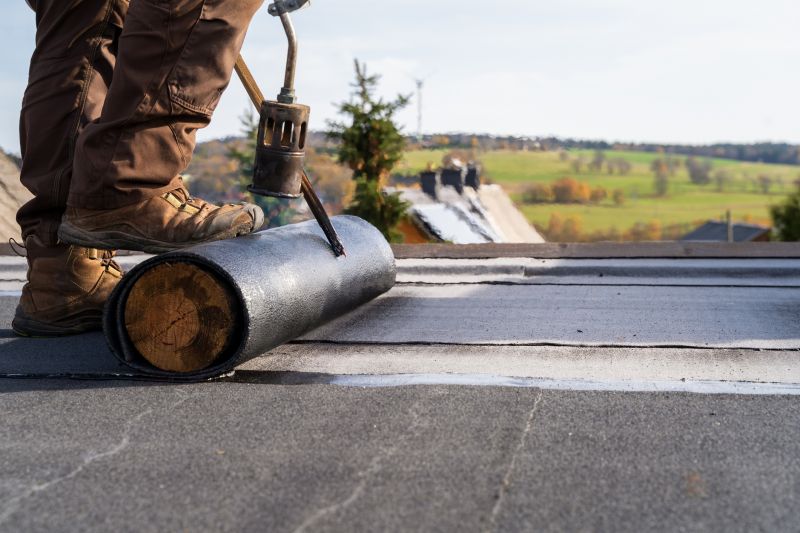
Ideal for warm, dry days, ensuring proper application and curing.
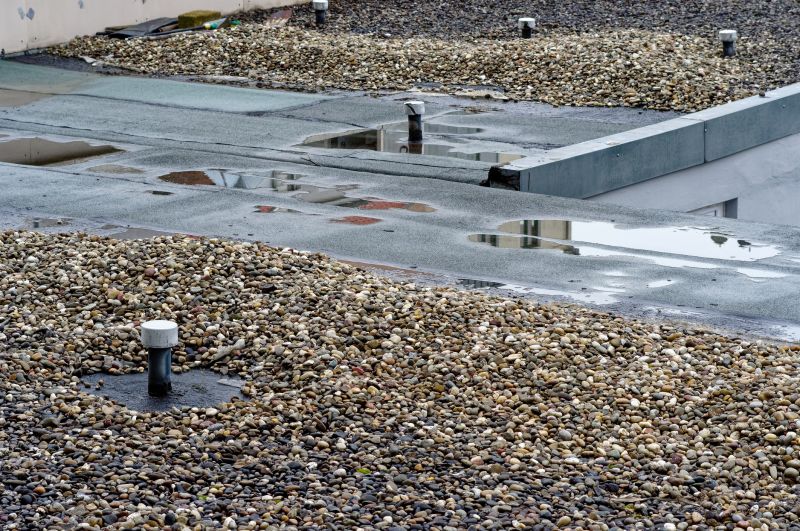
Suitable when weather is mild and consistent, minimizing weather-related issues.
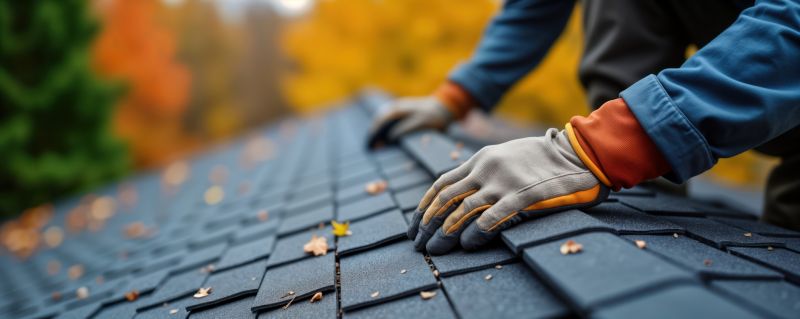
Optimal during cooler, dry periods before winter sets in.

Ways to make Flat Roof Tar Repairs work in tight or awkward layouts.
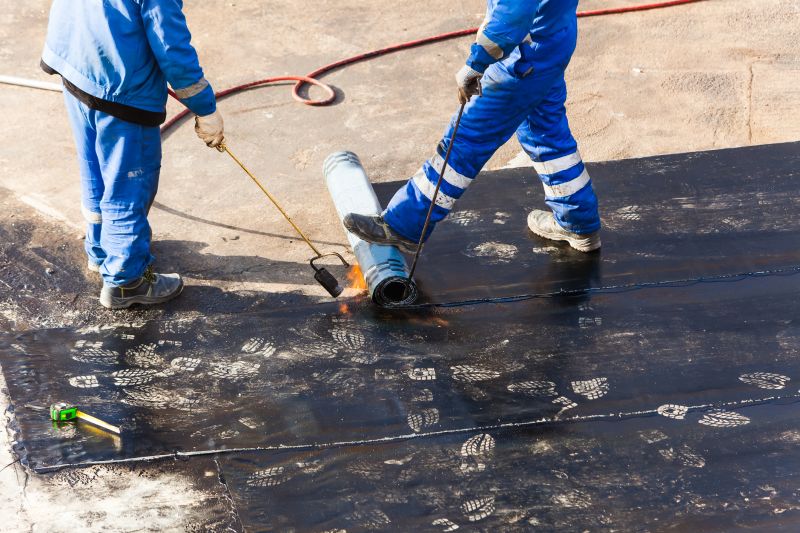
Popular materials for Flat Roof Tar Repairs and why they hold up over time.
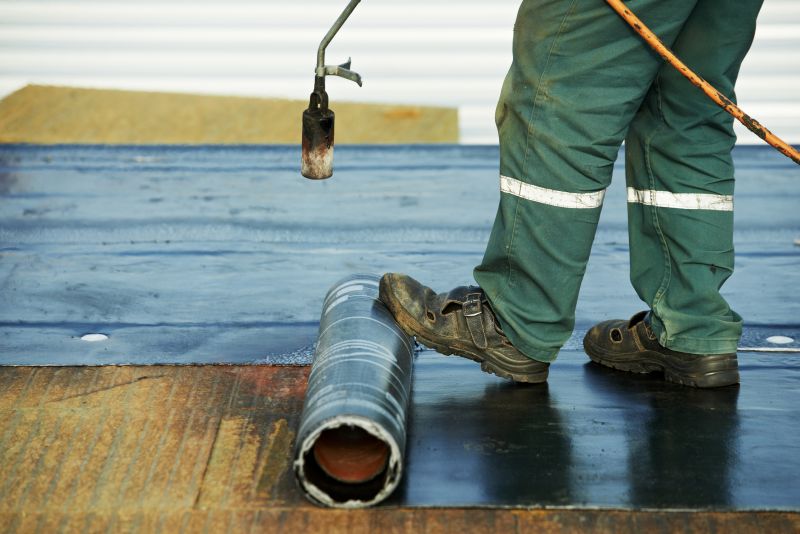
Simple add-ons that improve Flat Roof Tar Repairs without blowing the budget.
| Season | Recommended Conditions |
|---|---|
| Spring | Moderate temperatures, low humidity, dry weather |
| Summer | Warm temperatures, dry days, avoid peak heat |
| Fall | Cooler temperatures, dry conditions, before winter |
| Winter | Not recommended due to cold temperatures and moisture |
Flat roof tar repairs require careful consideration of weather conditions to ensure proper adhesion and curing. Cold temperatures can cause the tar to become too viscous, while excessive heat may lead to rapid drying and cracking. Moisture exposure during application can compromise the integrity of the repair, leading to potential water infiltration and damage.

Ensures optimal adhesion and curing for long-lasting repairs.
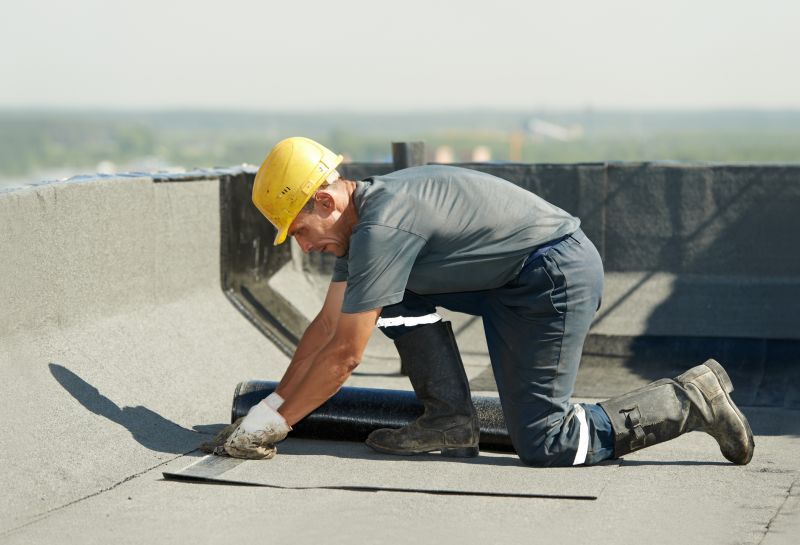
Helps determine the best time for tar repairs, avoiding adverse conditions.
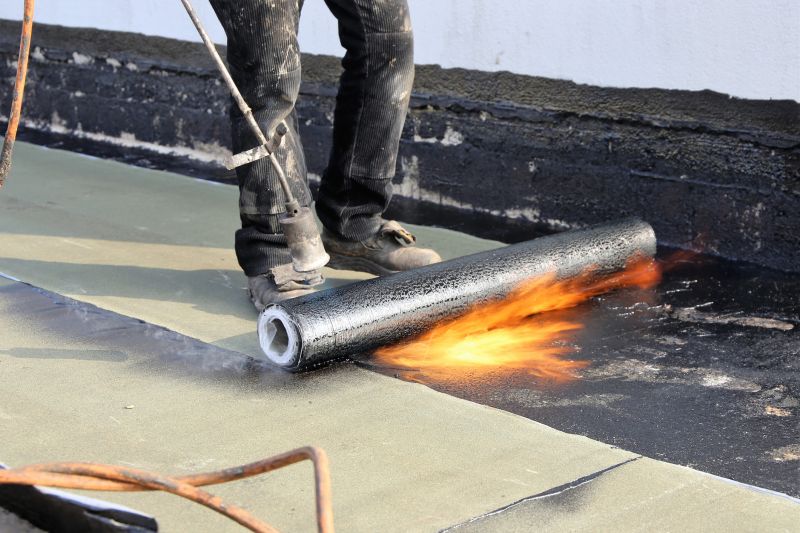
Scheduling repairs during favorable seasons enhances durability.
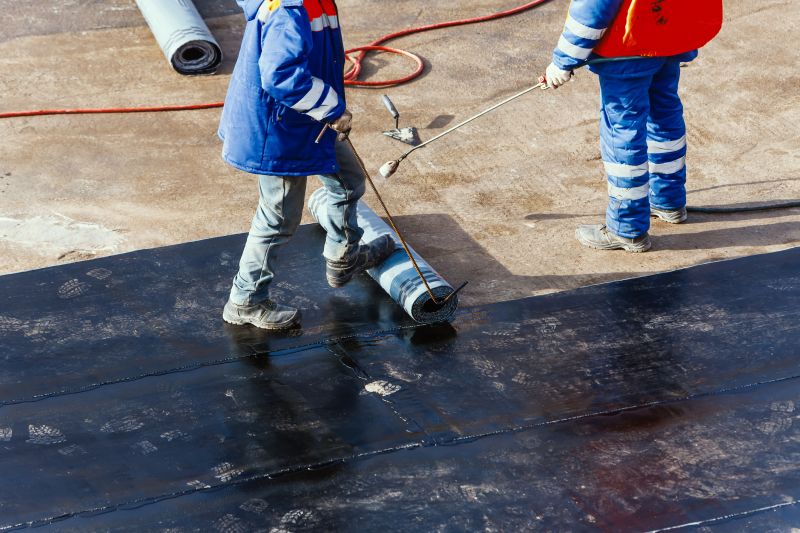
Cold and wet conditions hinder proper application and curing.
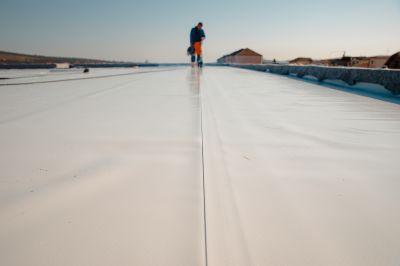
High-end options that actually feel worth it for Flat Roof Tar Repairs.
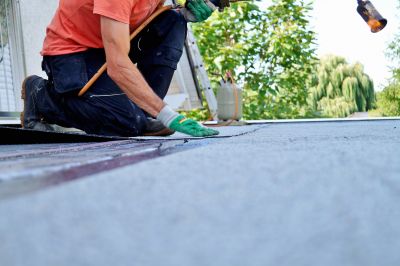
Finishes and colors that play nicely with Flat Roof Tar Repairs.

Little measurements that prevent headaches on Flat Roof Tar Repairs day.
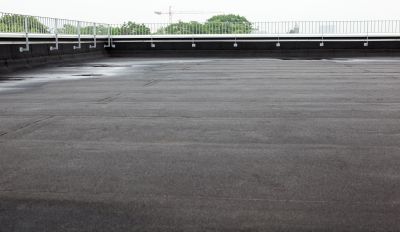
A 60-second routine that keeps Flat Roof Tar Repairs looking new.
Choosing the right time for flat roof tar repairs can significantly extend the lifespan of the roof. Proper timing ensures that the materials bond correctly and cure fully, preventing future leaks and damage. Regular inspections and planning repairs during suitable weather windows are essential for maintaining roof integrity.
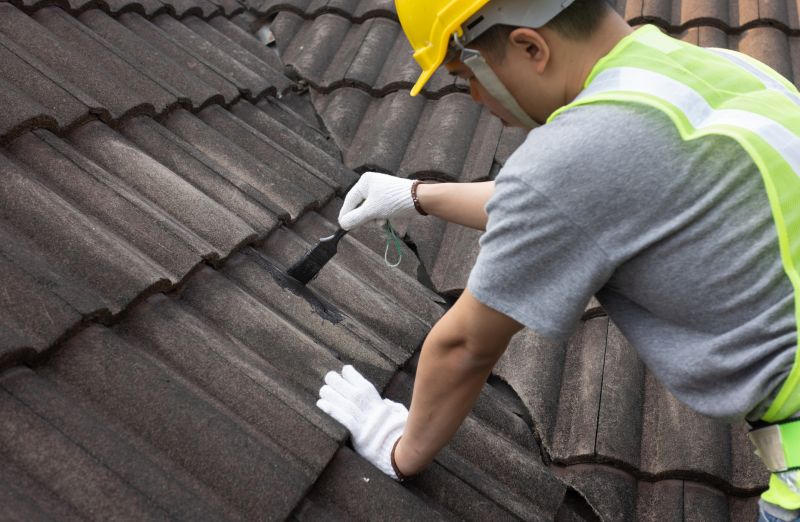
Maximizes durability and effectiveness of repairs.
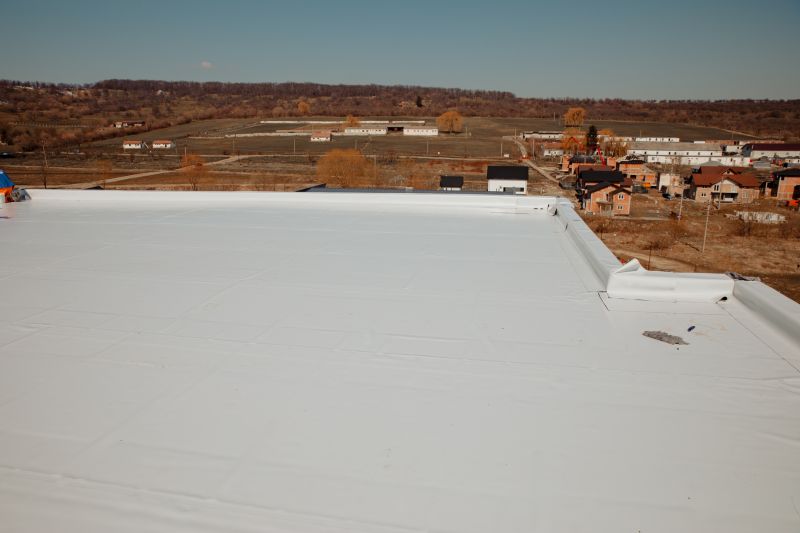
Performed during suitable conditions to withstand future weather challenges.
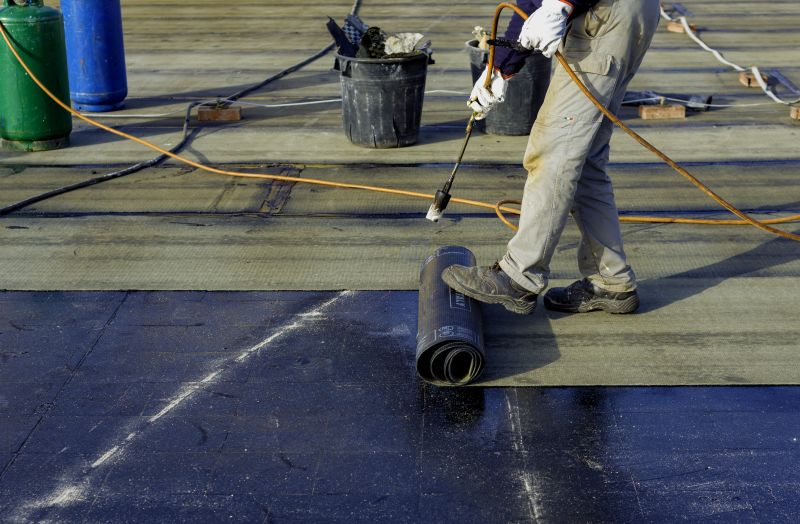
Timing repairs correctly contributes to longevity.

A frequent mistake in Flat Roof Tar Repairs and how to dodge it.

Small tweaks to make Flat Roof Tar Repairs safer and easier to use.

Lower-waste or water-saving choices for Flat Roof Tar Repairs.
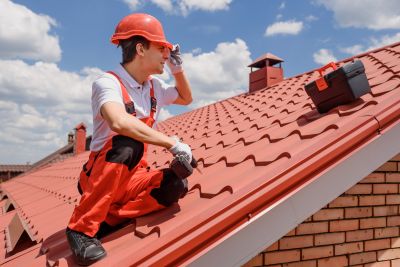
The short, realistic tool list for quality Flat Roof Tar Repairs.
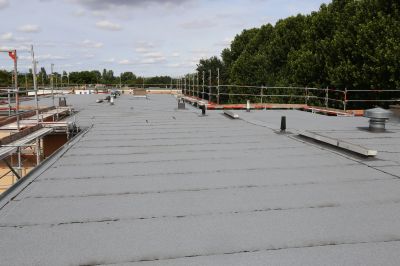
Rough timing from prep to clean-up for Flat Roof Tar Repairs.
Interested in flat roof tar repairs? Filling out the contact form can provide more information and help schedule repairs during the most suitable season, ensuring the best results for roof longevity and performance.
